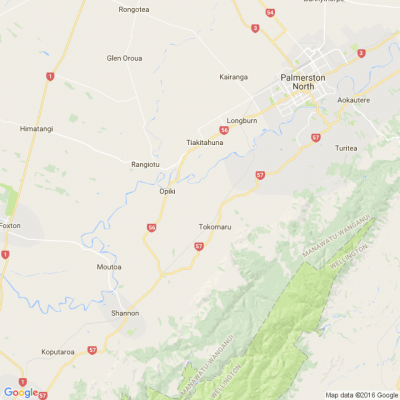
Know what’s happening
Access the private noticeboard for verified neighbours near you. Keep informed about any suspicious activity, send urgent updates to your neighbours when required and discuss emergency planning.
Get to know your neighbours
Browse the directory and start getting to know your neighbours. Don’t want to post to the whole neighbourhood? Send a private message.
Buy, sell and give away
Want to declutter your garage? Buy some used household items? Give away some garden stuff? Become a verified neighbour to browse and post items for sale. Trading is simple when everyone lives nearby.

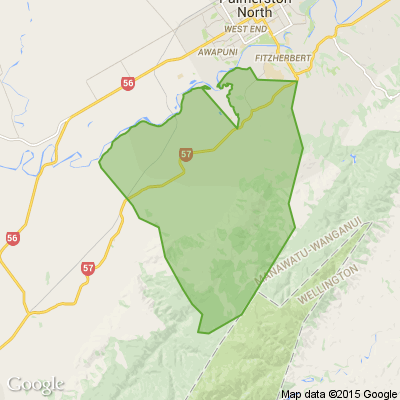
Does your organisation need new flooring?
Apply for up to $2,000 and also be in to win a $20,000 makeover.

Thank you for using Neighbourly
You may receive an email confirmation for any offer you selected. The associated companies will contact you directly to activate your requests.
Julia Wallace Retirement Village
Our pioneering approach to retirement living includes our Peace of Mind Guarantees designed to give our residents greater confidence to live the way they want. They provide freedom and flexibility that lets you choose when, where and how you want to live your life.
Read more about our Julia … View moreOur pioneering approach to retirement living includes our Peace of Mind Guarantees designed to give our residents greater confidence to live the way they want. They provide freedom and flexibility that lets you choose when, where and how you want to live your life.
Read more about our Julia Wallace village and our Peace of Mind Guarantees.

Anna from Foxton
We are moving and we have 8 hens that needs a new home ASAP.
We are giving them away for FREE.
Please message me if you are interested in some or all of them.
To collect in Foxton 🐔🐔
Free
Nicky from Levin
Hi, my car has been stolen this afternoon. Could you please all look out for a 2013 Ford Focus that is a dark grey colour and plates are HEL 317.
Michelle from Linton
Hi everyone, I am asking on behalf of someone else, is there anyone who can do garden tidying and landscaping etc at a reasonable cost please? Many thanks 😊
14 replies (Members only)
Paul from Levin
I had identified this as the NZ native mantis but I was wrong. Thanks to Mia Walsh I am now clear about the exact size and location of the single blue spot which identifies the NZ Native. Not the multiple small spots on this predator, The NZ mantis has a single larger spot. Enlarge for detailed … View moreI had identified this as the NZ native mantis but I was wrong. Thanks to Mia Walsh I am now clear about the exact size and location of the single blue spot which identifies the NZ Native. Not the multiple small spots on this predator, The NZ mantis has a single larger spot. Enlarge for detailed view. Thank you Mia!

10 replies (Members only)
A recall has been issued for Pavillion brand Beef and Gravy Pies due to the presence of an undeclared allergen.
The recall comes after a packaging blunder led to Beef and Cheese Pies being contained in Beef and Gravy Pies wrapping.
Here's what you need to know:
- Consumers with a milk … View moreA recall has been issued for Pavillion brand Beef and Gravy Pies due to the presence of an undeclared allergen.
The recall comes after a packaging blunder led to Beef and Cheese Pies being contained in Beef and Gravy Pies wrapping.
Here's what you need to know:
- Consumers with a milk allergy or intolerance should not consume this product.
- Products affected include those with a best before date marking of August 16 2022.
- The pie's batch marking is 16022 for outer packaging and 16023 for individual pies.
- The product was sold in supermarkets throughout New Zealand.
Individuals with a milk allergy should return the product to their retailer and email sales@pavillionfoods.co.nz or call 021 365 006 for a full refund. Any other concerns can be directed to Gluten Free Holdings Ltd on 021 365 006.
For more information, please visit the New Zealand Food Safety website.
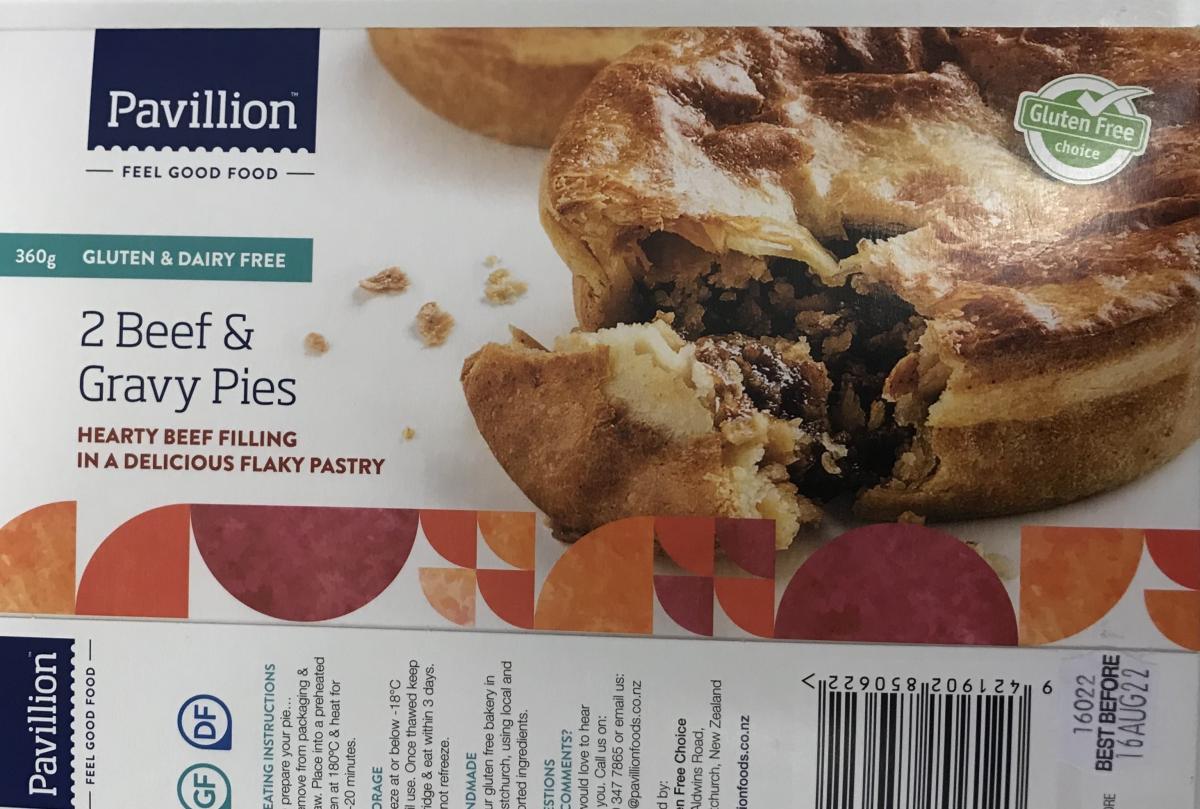
Calves love the taste, smell and texture of Calf Max.
Made in New Zealand with NuStart® prebiotics, vitamins and essential oils for superior rumen development, it’s always good and always gone. See your local merchant or call 0800 287 325 to order your Calf Max today.
Find out more

Warren from Levin
Looking for a frost free vertical freezer of a family size (Whatever that is? lol). Got a budget of $200. Cheers Warren
Teri from Takaro
Garage Sale This Saturday
Corner of Kingston Street and London Terrace
8.00 am - 11.30 am. We won't be allowing anyone in before 8.00 am.
Please see photos of items we are selling.
Negotiable
Helen Neighbourly Lead from Levin
Residents urged to STOP using water, conserve water and reduce wastewater discharge
On Display Indefinitely
Horowhenua District Council strongly urges Levin, Shannon and Tokomaru residents to conserve water use immediately.
Due to the rainfall event on 27 June 2021, our water treatment … View moreResidents urged to STOP using water, conserve water and reduce wastewater discharge
On Display Indefinitely
Horowhenua District Council strongly urges Levin, Shannon and Tokomaru residents to conserve water use immediately.
Due to the rainfall event on 27 June 2021, our water treatment plants are struggling to effectively treat the muddy river water for our drinking water supplies. We kindly ask residents and businesses connected to town water supplies to use water sparingly wherever possible so our water supply services is not interrupted. Expect low water pressure in some areas.
Our wastewater plant is impacted by high water inflows. Please restrict wastewater discharge. If it's yellow let it mellow. And please hold off doing washing.
We thank you in advance for your patience and cooperation.
Enquiries
Please refer all enquiries to Horowhenua District Council on 06 366 0999 or enquiries@horowhenua.govt.nz
Robert Anderson from Curtain Clean Levin
Don’t shiver in silence! Use these 5 simple (and cheap) techniques to warm up your home and stay toasty this winter.
Quick Summary
• Open curtains in the day, close them at night
• Make and use draft excluders
• Install window insulation films or use bubblewrap
• Keep furniture away… View moreDon’t shiver in silence! Use these 5 simple (and cheap) techniques to warm up your home and stay toasty this winter.
Quick Summary
• Open curtains in the day, close them at night
• Make and use draft excluders
• Install window insulation films or use bubblewrap
• Keep furniture away from heat sources and use rugs/blankets to insulate the floor
• Use as few rooms as possible and close off the rooms you aren’t using
1) STRATEGIC CURTAIN USE
After double-glazing, curtains are the next line of defence against the chill of winter. Thermal lined ones are best, and floor-to-ceiling ones provide a good ‘seal’ of warmth.
However, it’s also important to know when to open and close these curtains to get maximum effectiveness out of them. Generally, when the sun is up, keep the curtains open to let the sunlight and warmth in. As soon as the sun goes down, close them to trap that heat in overnight.
The advanced version is:
• In the morning, have north-facing and east-facing curtains open. Keep south-facing curtains closed throughout the day.
• In the afternoon, close the east-facing curtains and open the west-facing curtains. Keep the north-facing curtains open throughout the day.
• Once the sun sets, close all the curtains (including the north-facing ones).
• Repeat in the morning.
Curtains aren’t just for windows either! Pinning a rug or blanket over an external door can help give it an insulation boost too. Pro-tip: cover up pet flaps in the same way.
2) MAKE (AND USE) DRAFT EXCLUDERS
Draft excluders are long pieces of thick material, usually in the shape of a sausage, that are placed at the bottom of doors to keep the cold out and the warm in. You might be surprised at how much of a difference blocking even a small gap can make!
Keep reading: www.curtainclean.co.nz...
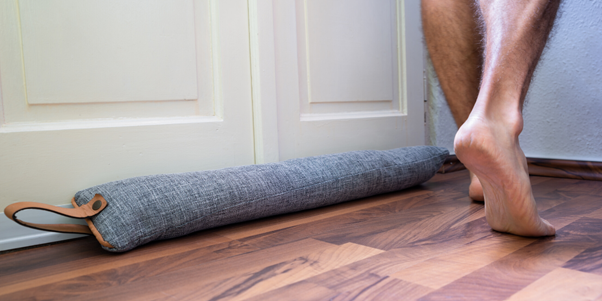
Robert Anderson from Curtain Clean Palmerston North
Don’t shiver in silence! Use these 5 simple (and cheap) techniques to warm up your home and stay toasty this winter.
Quick Summary
• Open curtains in the day, close them at night
• Make and use draft excluders
• Install window insulation films or use bubblewrap
• Keep furniture away… View moreDon’t shiver in silence! Use these 5 simple (and cheap) techniques to warm up your home and stay toasty this winter.
Quick Summary
• Open curtains in the day, close them at night
• Make and use draft excluders
• Install window insulation films or use bubblewrap
• Keep furniture away from heat sources and use rugs/blankets to insulate the floor
• Use as few rooms as possible and close off the rooms you aren’t using
1) STRATEGIC CURTAIN USE
After double-glazing, curtains are the next line of defence against the chill of winter. Thermal lined ones are best, and floor-to-ceiling ones provide a good ‘seal’ of warmth.
However, it’s also important to know when to open and close these curtains to get maximum effectiveness out of them. Generally, when the sun is up, keep the curtains open to let the sunlight and warmth in. As soon as the sun goes down, close them to trap that heat in overnight.
The advanced version is:
• In the morning, have north-facing and east-facing curtains open. Keep south-facing curtains closed throughout the day.
• In the afternoon, close the east-facing curtains and open the west-facing curtains. Keep the north-facing curtains open throughout the day.
• Once the sun sets, close all the curtains (including the north-facing ones).
• Repeat in the morning.
Curtains aren’t just for windows either! Pinning a rug or blanket over an external door can help give it an insulation boost too. Pro-tip: cover up pet flaps in the same way.
2) MAKE (AND USE) DRAFT EXCLUDERS
Draft excluders are long pieces of thick material, usually in the shape of a sausage, that are placed at the bottom of doors to keep the cold out and the warm in. You might be surprised at how much of a difference blocking even a small gap can make!
Keep reading: www.curtainclean.co.nz...

Robert Anderson from Curtain Clean Levin
Humans have enjoyed wool for over 10,000 years and it continues to be a coveted textile in both high end fashion and interior design due to its many qualities. Here we deep-dive into the wonderful world of wool, sharing the tale of this ancient fibre’s origin, production and inherent attributes. … View moreHumans have enjoyed wool for over 10,000 years and it continues to be a coveted textile in both high end fashion and interior design due to its many qualities. Here we deep-dive into the wonderful world of wool, sharing the tale of this ancient fibre’s origin, production and inherent attributes.
ORIGIN
Britain is said to have lead wool manufacturing through spinning and weaving pre 1900 BC, a skill highly prized beyond their shores. Sheep were first exported beyond Europe to South Africa, New Zealand and Australia toward the very end of the 1700s. We have had a long time to accustom ourselves to the incredible natural qualities of wool and it is quite literally woven in to our trading, cultural and farming histories.
How does wool come to be? Fleece is shorn from sheep annually with a new fleece produced every year (unless you are Shrek the Sheep, who avoided shearing for 6 years – once finally caught in 2004 he produced enough wool for 20 large men’s suits, or 27 kg… blimey!). Once shorn, fleeces are thrown clean side down onto a wool table, skirted (a process to remove undesirable parts of the fleece), folded and rolled to determine class by a qualified wool classer. Bales of wool are then sent to be scoured, a bathing/cleaning process to remove dirt and impurities such as sweat and vegetable matter. Quality is determined by diameter, crimp, yield, colour and staple strength. Finer wools are used for apparel manufacture and heavier for soft furnishing textiles and carpets/rugs.
There are a wide variety of ways to process wool in to differing yarns, including worsted – a very fine yarn spun from carded wool producing a lustrous and smooth product especially suited to apparel. You may also be familiar with felted wools which are produced with heat, pressure and moisture compressing the fibres, entangling them together into a matted textile with a dense, ‘foamy’ or almost spongy appearance and feel. The woollen system of preparing carded wool for spinning ensures short fibres are retained, sometimes requiring combing. Wool can be spun to yarn on its own, or in conjunction with other fibres which can add desirable qualities and attributes to the finished fabric.
Despite a reputation as a land of sheep, New Zealand is actually the 4th largest producer of wool, with the top spot being taken out by Australia, responsible for 25% of global wool-clip. International wool production is about 2 million tonnes, 60% of which is apparel. Approximately 3% of the international textile trade is comprised of wool. We would like that number to be a little higher!
RENEWABILITY
A natural fibre similar to human hair, wool is made of keratin and therefore readily biodegradable. As long as there is grass to graze on, sheep will continue to produce fleece, making it an ideal renewable fibre. Safeguarding the environment is part of the important work undertaken by woolgrowers to guarantee future production and industry longevity. Due to the high quality and durability of wool, woollen products have wonderful longevity and it is also excellent for re-use and recycling. In some instances, wool products can be returned from the interior and fashion sectors to be carded and re-spun in to yarn for re-weaving – an excellent way to reduce waste and extend the life of the material. Because of its hardy nature, when properly looked after, wool has a longer lifespan than many other fibres - if you have ever visited an antique/vintage/mid-century furniture trader, you will often find original wool and wool blend upholsteries still going strong even after a few lifetimes, albeit in need of a good clean!
Keep reading: www.curtainclean.co.nz...
Robert Anderson from Curtain Clean Palmerston North
Humans have enjoyed wool for over 10,000 years and it continues to be a coveted textile in both high end fashion and interior design due to its many qualities. Here we deep-dive into the wonderful world of wool, sharing the tale of this ancient fibre’s origin, production and inherent attributes. … View moreHumans have enjoyed wool for over 10,000 years and it continues to be a coveted textile in both high end fashion and interior design due to its many qualities. Here we deep-dive into the wonderful world of wool, sharing the tale of this ancient fibre’s origin, production and inherent attributes.
ORIGIN
Britain is said to have lead wool manufacturing through spinning and weaving pre 1900 BC, a skill highly prized beyond their shores. Sheep were first exported beyond Europe to South Africa, New Zealand and Australia toward the very end of the 1700s. We have had a long time to accustom ourselves to the incredible natural qualities of wool and it is quite literally woven in to our trading, cultural and farming histories.
How does wool come to be? Fleece is shorn from sheep annually with a new fleece produced every year (unless you are Shrek the Sheep, who avoided shearing for 6 years – once finally caught in 2004 he produced enough wool for 20 large men’s suits, or 27 kg… blimey!). Once shorn, fleeces are thrown clean side down onto a wool table, skirted (a process to remove undesirable parts of the fleece), folded and rolled to determine class by a qualified wool classer. Bales of wool are then sent to be scoured, a bathing/cleaning process to remove dirt and impurities such as sweat and vegetable matter. Quality is determined by diameter, crimp, yield, colour and staple strength. Finer wools are used for apparel manufacture and heavier for soft furnishing textiles and carpets/rugs.
There are a wide variety of ways to process wool in to differing yarns, including worsted – a very fine yarn spun from carded wool producing a lustrous and smooth product especially suited to apparel. You may also be familiar with felted wools which are produced with heat, pressure and moisture compressing the fibres, entangling them together into a matted textile with a dense, ‘foamy’ or almost spongy appearance and feel. The woollen system of preparing carded wool for spinning ensures short fibres are retained, sometimes requiring combing. Wool can be spun to yarn on its own, or in conjunction with other fibres which can add desirable qualities and attributes to the finished fabric.
Despite a reputation as a land of sheep, New Zealand is actually the 4th largest producer of wool, with the top spot being taken out by Australia, responsible for 25% of global wool-clip. International wool production is about 2 million tonnes, 60% of which is apparel. Approximately 3% of the international textile trade is comprised of wool. We would like that number to be a little higher!
RENEWABILITY
A natural fibre similar to human hair, wool is made of keratin and therefore readily biodegradable. As long as there is grass to graze on, sheep will continue to produce fleece, making it an ideal renewable fibre. Safeguarding the environment is part of the important work undertaken by woolgrowers to guarantee future production and industry longevity. Due to the high quality and durability of wool, woollen products have wonderful longevity and it is also excellent for re-use and recycling. In some instances, wool products can be returned from the interior and fashion sectors to be carded and re-spun in to yarn for re-weaving – an excellent way to reduce waste and extend the life of the material. Because of its hardy nature, when properly looked after, wool has a longer lifespan than many other fibres - if you have ever visited an antique/vintage/mid-century furniture trader, you will often find original wool and wool blend upholsteries still going strong even after a few lifetimes, albeit in need of a good clean!
Keep reading: www.curtainclean.co.nz...
 Loading…
Loading…
Are you sure? Deleting this message permanently removes it from the Neighbourly website.
 Loading…
Loading…

 Deadline Sale 06/12/2024 (unless sold prior)
Deadline Sale 06/12/2024 (unless sold prior)



 Marketed by Pauline Cher
Marketed by Pauline Cher

 Buyers $875,000+
Buyers $875,000+



 Marketed by Andrea O'Donnell
Marketed by Andrea O'Donnell

 Buyers $499,000+
Buyers $499,000+


 Marketed by Simon Davenport
Marketed by Simon Davenport

 Buyers $599,000+
Buyers $599,000+


 Marketed by Taylor Quine
Marketed by Taylor Quine

 Buyers $585,000+
Buyers $585,000+



 Marketed by Catherine Richardson
Marketed by Catherine Richardson

 Buyers $565,000+
Buyers $565,000+



 Marketed by Taylor Quine
Marketed by Taylor Quine
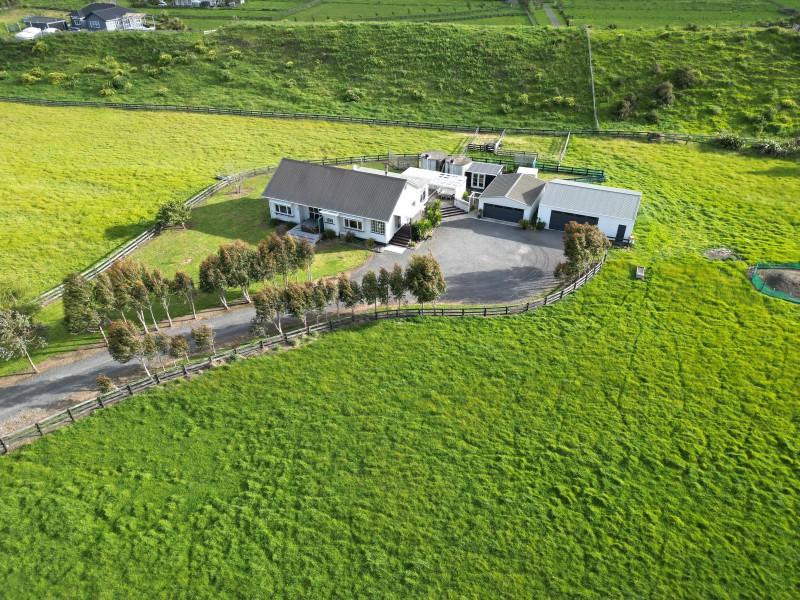
 Buyers $855,000+
Buyers $855,000+



 Marketed by Jo Davenport
Marketed by Jo Davenport

 Buyers $589,000+
Buyers $589,000+


 Marketed by Catherine Richardson
Marketed by Catherine Richardson
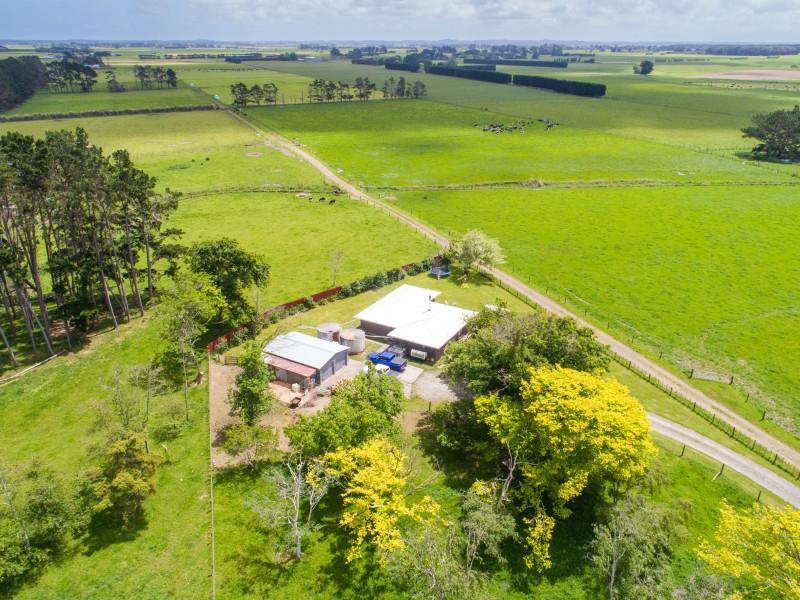
 Buyers $739,000+
Buyers $739,000+



 Marketed by Kay Nitschke
Marketed by Kay Nitschke
© Neighbourly 2024
